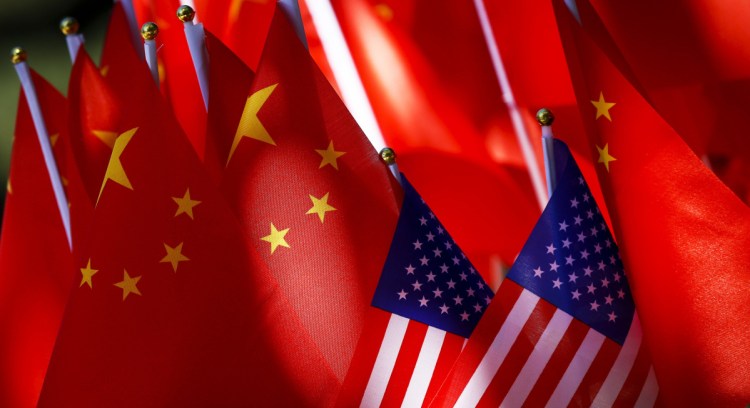As promised, President Trump has escalated his trade war against China – announcing tariffs of 10 percent on another $200 billion in goods, plus a threat to raise the levy to 25 percent next year. Nearly half of China’s exports to the United States now face Trump’s taxes on trade.
The president boasts that the latest measure will bring in a lot of revenue. Indeed it will – but remember where that revenue will come from. Trump’s tariffs are first and foremost a tax on American consumers. They’ll also hurt U.S. companies operating in China or using Chinese components, help their rivals in other countries, increase business uncertainty and further undermine the rules-based global trading system.
A bad policy just got a lot worse.
In addition, a new concern is growing – that, with each escalation, Trump is making it harder for China to come to terms. Far from backing down, its government announced retaliatory tariffs of 5 percent to 10 percent on $60 billion of U.S. imports. In economic terms, these make no more sense for China than Trump’s tariffs do for the U.S., but trade wars are about politics as much as economics. China’s government can’t afford to be seen as suffering a humiliating defeat at Trump’s hands.
The U.S. administration appears to be baffled by this. The White House statement announcing the new tariffs blasts China for retaliating against earlier measures and warns that any further defiance will lead to the U.S. levying tariffs on virtually all Chinese imports. But backing China into a corner is unlikely to make Beijing surrender. It has other options, even when it runs out of U.S. imports to tax.
Over half of U.S. companies in China surveyed in a recent poll say they’re already being harassed by increased inspections, slower customs clearance and other regulatory hurdles. One top Chinese official has warned darkly that the country could cut off exports of key components to U.S. manufacturers if tensions worsen. Chinese leaders could easily engineer a further slide in the yuan.
Trump’s basic goal is as ill-informed as his method. It shouldn’t be to shrink trade with China, much less cripple its economy. It should be to encourage China to be a better economic partner. That means reducing its discrimination against foreign companies, adhering to the spirit as well as the letter of its World Trade Organization obligations and halting the forced transfer of U.S. technology to local Chinese partners.
These aims are achievable. China’s leaders ought to see that, for the most part, they dovetail with their own stated ambitions to make the economy more productive through competition and reform. But to encourage these changes, the United States needs to nudge China’s government to adopt them as part of its own internal reforms. In economic policy, a posture of cooperation with China is likely to be more productive for both sides than one of escalating confrontation.
One way or another, China’s economic power is bound to grow. It will continue to invest and seek to become self-sufficient in key advanced technologies. The U.S. ought to meet this challenge by making its own investments in education and basic research, retraining workers displaced by Chinese competition and strengthening the global rules-based order that Trump disdains.
Trump administration officials have indicated the president is open to meeting his Chinese counterpart, Xi Jinping, before his new tariffs ramp up to 25 percent. With luck, that will be the moment for Trump to declare victory and retreat. If not, the economic losses from his trade-war adventure will really start to mount. Between now and then, Trump should try to make it easier, not harder, for Xi to strike a deal.
Send questions/comments to the editors.



Comments are no longer available on this story